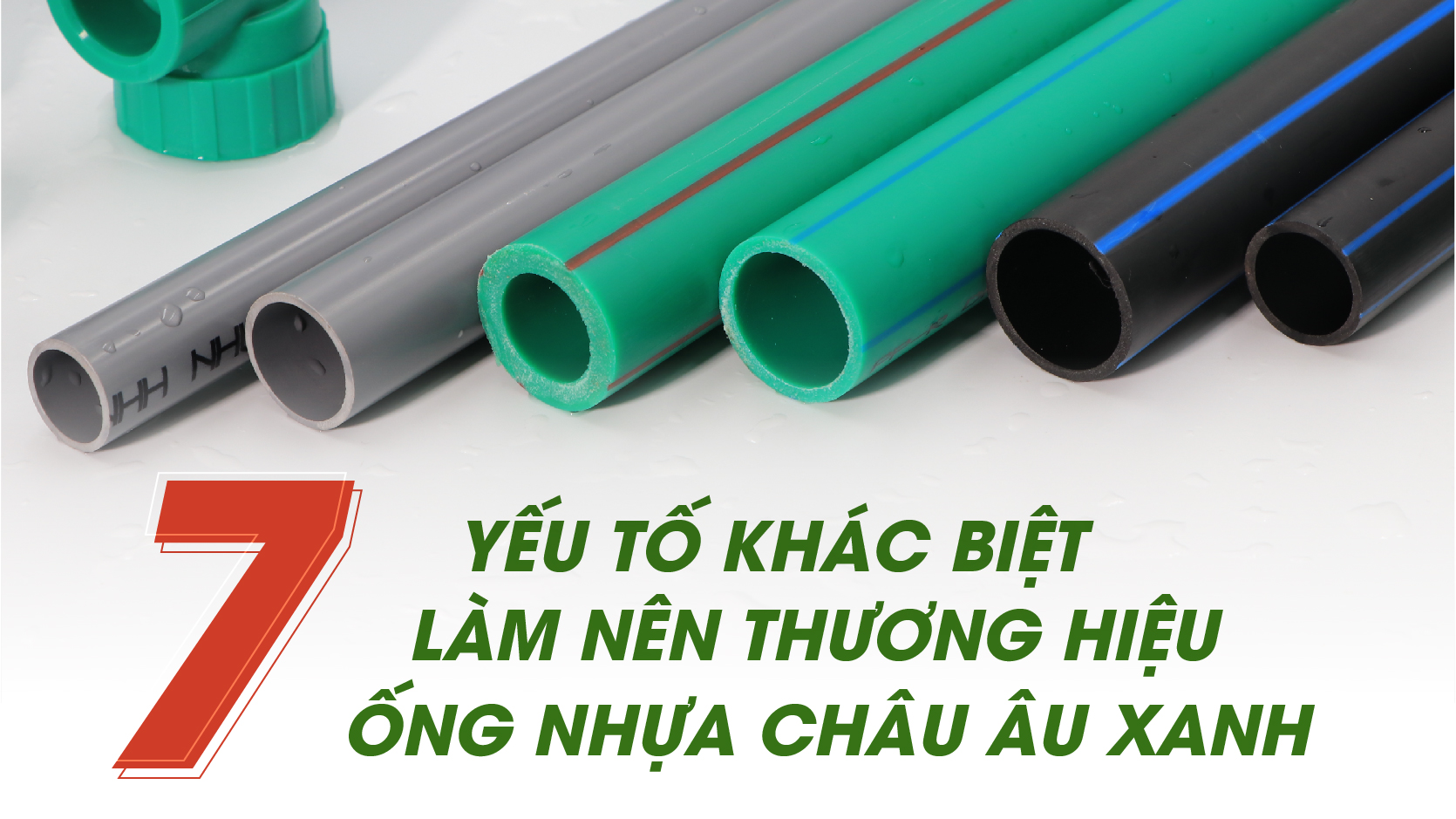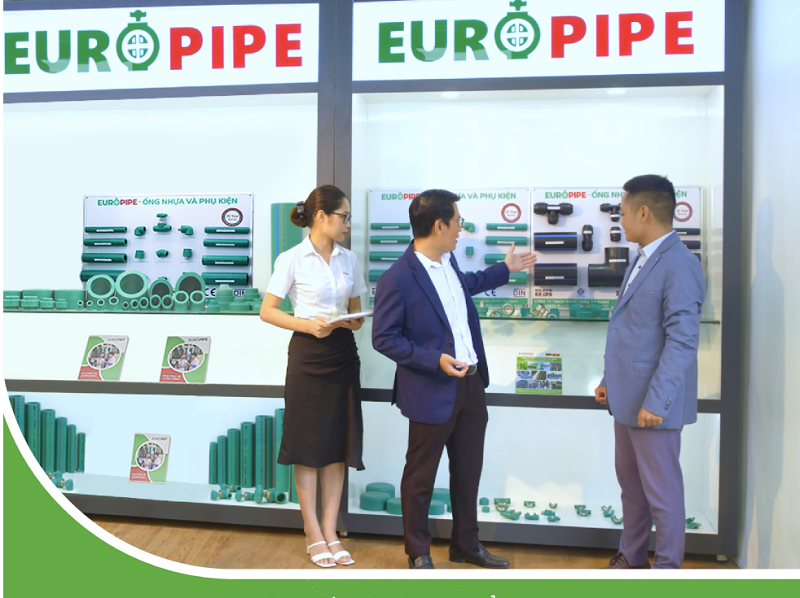Just by looking at the plastic symbol, you can tell how toxic or safe it is. There are currently seven plastic symbols that correspond to its 7 levels of toxicity or safety.
The household products made of plastic such as water bottles and jars that you buy are not all the same, and the key difference is the degree of toxicity of the plastic that is made up of them. Each type of plastic is indicated by a letter or number, usually centered in a triangle with arrows, and can be found on the shell or the bottom of plastic products.
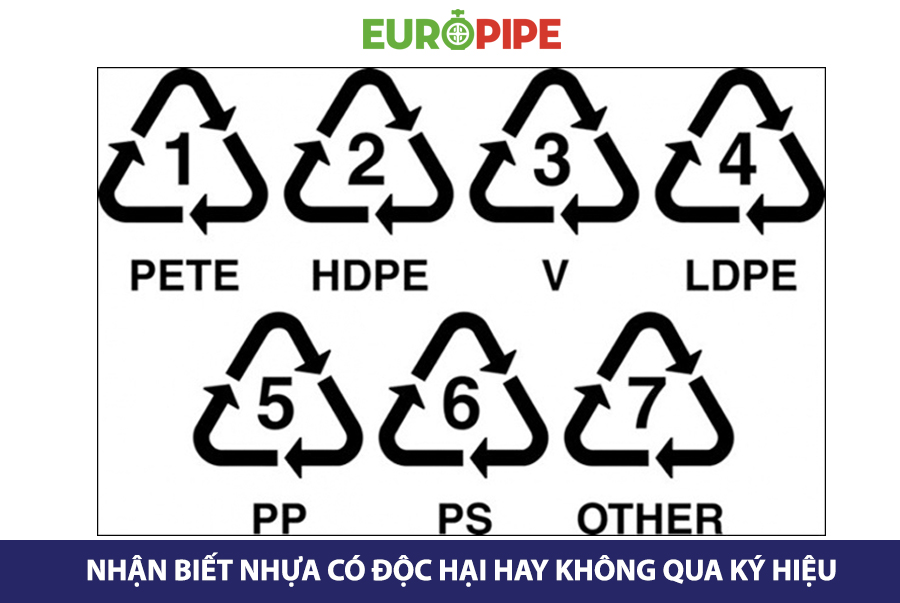
These symbols contain important information because each type of plastic contains chemicals that tell us how toxic or safe the product is in everyday use. Here are 7 symbols that consumers need to keep in mind:
Number 1 – PET aka PETE
PET (short for polyethylene terephthalate) is one of the most commonly used plastics for household products, such as mineral water bottles, soft drinks, beer, and packaging.
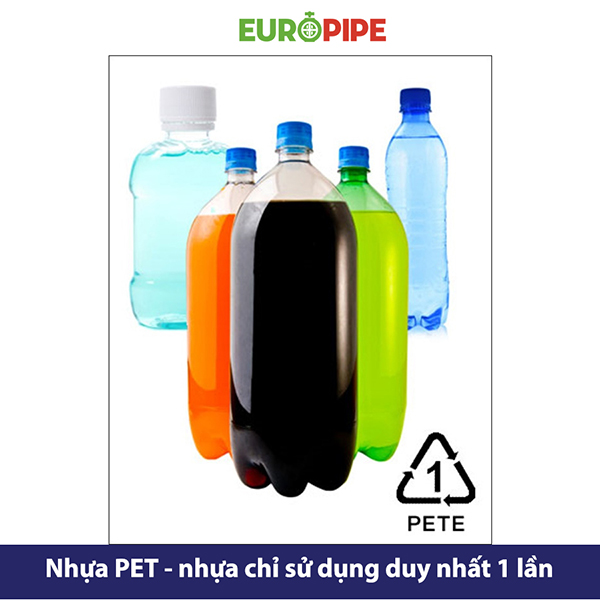
This is a single-use plastic designation, so repeated use can increase the risk of dissolving the heavy metals and chemicals that make them up. These substances affect the hormonal balance in the body.
PET plastic is difficult to clean, their recycling level is also very low (only about 20%) so it is best to throw them away immediately after use.
No. 2 – HDP or HDPE
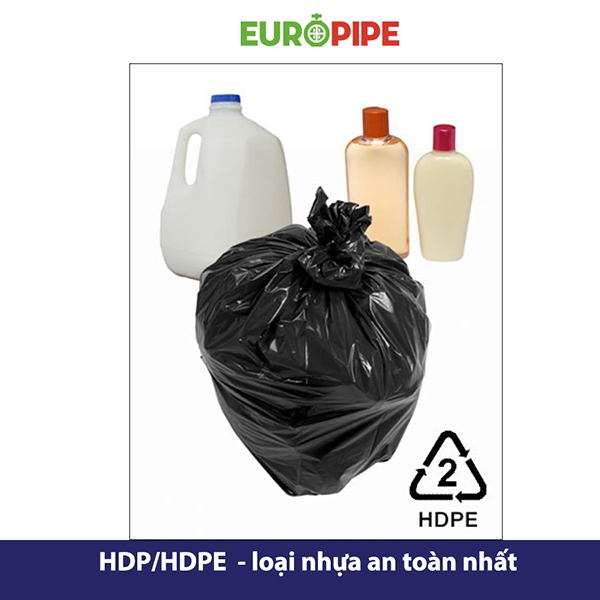
HDP (high-density polyethylene) is a plastic used to make hard plastic containers such as milk jugs, detergent bottles, cooking oils, toys, and some plastic bags.
This type of plastic does not emit any harmful substances, so experts often recommend choosing HDP bottles when buying because they are considered the safest of all.
No. 3 – PVC or 3V
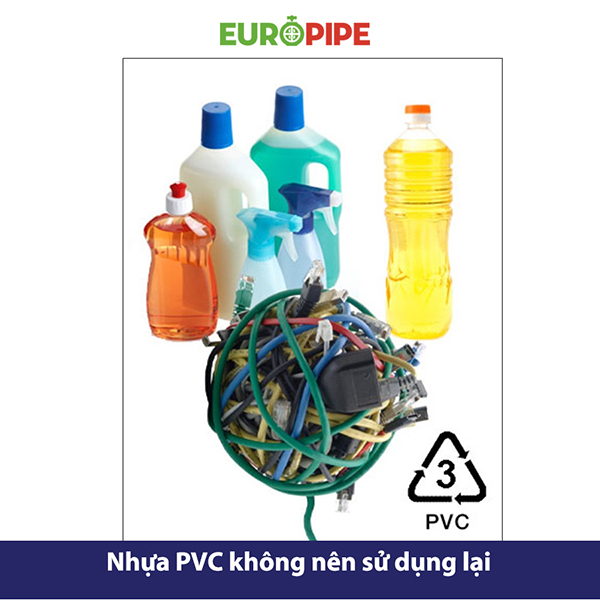
PVC is a soft and flexible plastic used to make transparent food packaging, cooking oil bottles, toys, and many other products. PVC is quite common, but they contain 2 harmful chemicals that affect the body’s hormones. This substance can release toxins at high temperatures, so it is only allowed to store food or drinks below 81 degrees Celsius.
Number 4 – LDPE

LDPE is a low-density thermoplastic commonly found in noodle boxes, freezer boxes, grocery bags, and pie crusts. Products containing this substance will not be able to heat in the microwave, avoid high temperatures because it will release chemicals.
No. 5 – PP
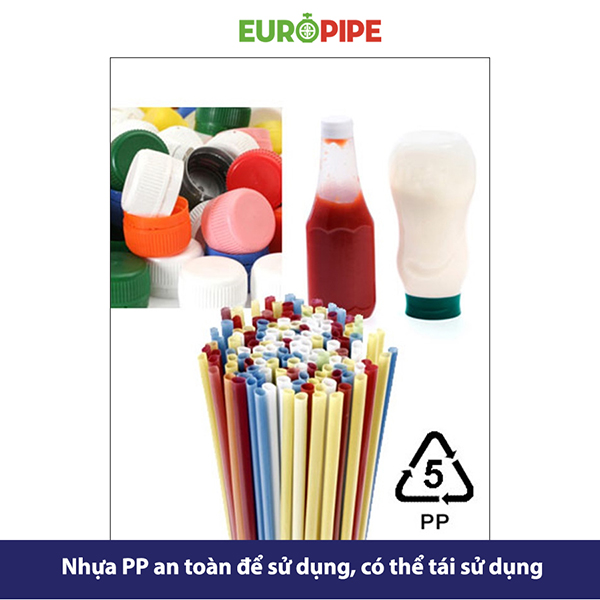
PP (polypropylene) is a white or almost transparent plastic used to make yogurt, syrup, or coffee cups. This substance is durable and lightweight, withstands temperatures of 167 degrees Celsius, so it can be reused, rotated in the microwave. PP also resists moisture and grease very well.
Number 6 – PS
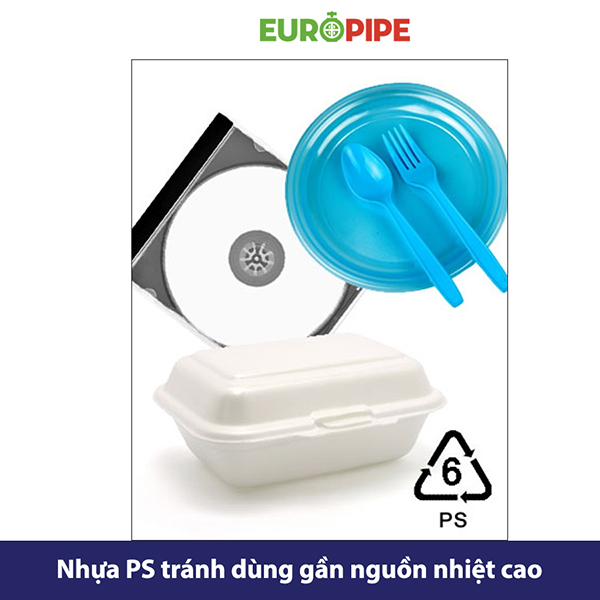
PS, or polystyrene, is a cheap and lightweight plastic that can be found on the covers of some snack containers, drinking cups, egg cartons, and picnic knives and utensils. Although they are remarkably resistant to heat and cold, at high temperatures such as microwaves they can release toxic substances. In addition, it is not allowed to store items with strong acids and strong alkalis. Therefore, this type of plastic is not allowed to hold food and drink for a long time.
Number 7 – PC or no symbol
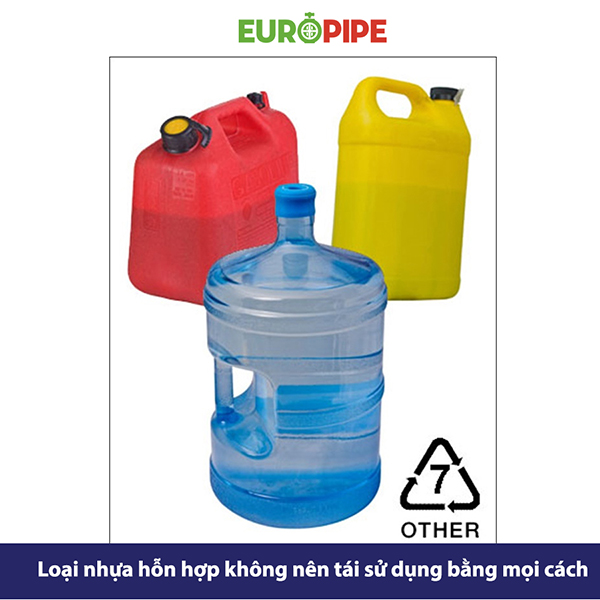
This type of plastic can be used to hold 3 – 5 liter containers or cans of water and some food products. Is the most dangerous plastic, easily produces carcinogens, BPA.
MC(ST).

 Tiếng Việt
Tiếng Việt

